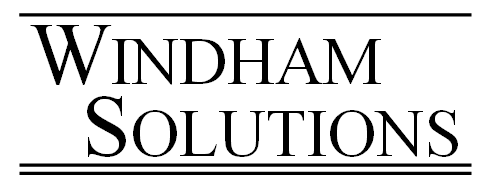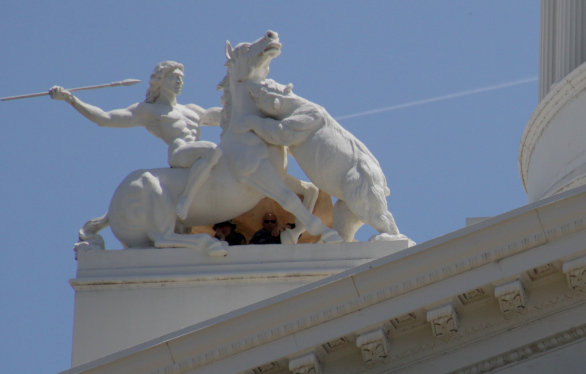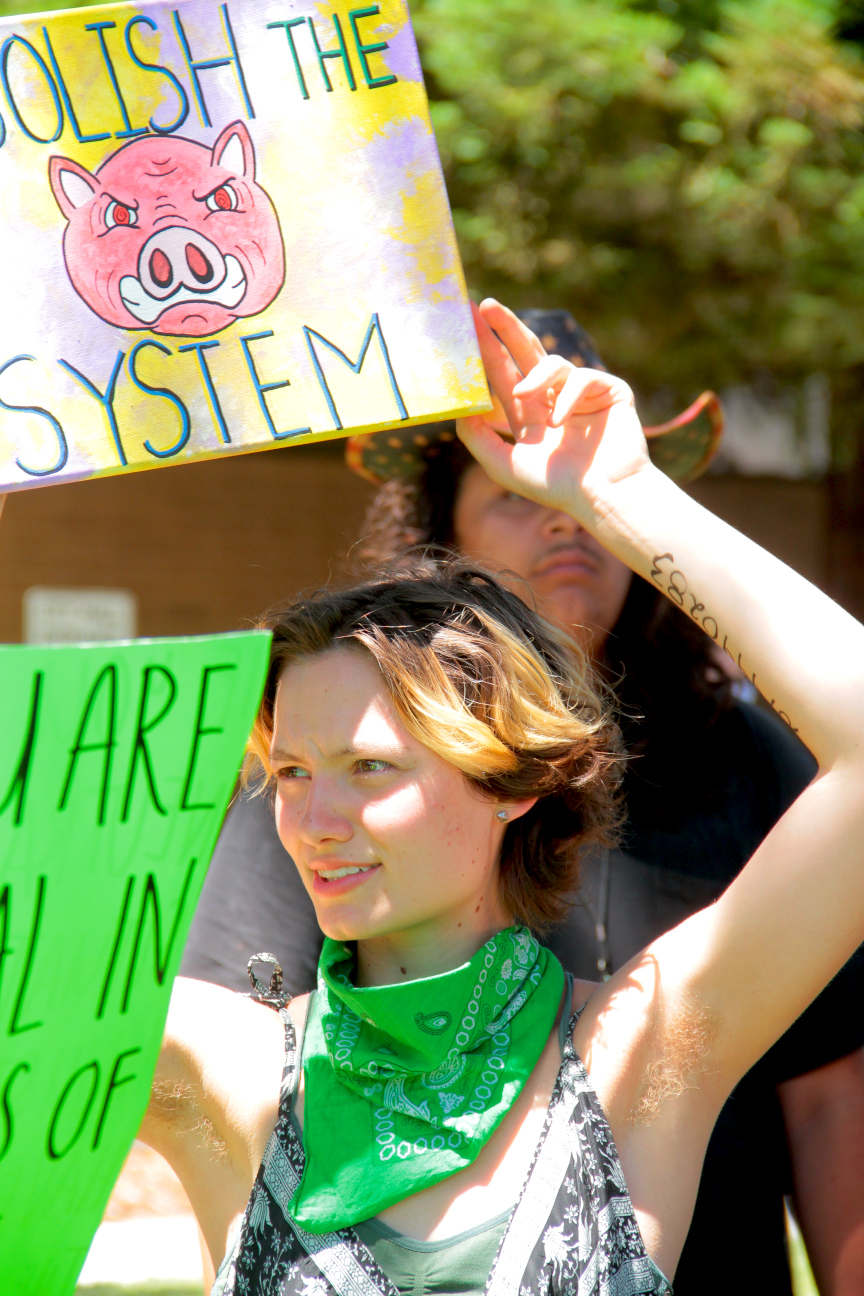

STEVE M. WINDHAM, LLM, MBA, EA
Protests can be exciting to photograph, and many people photograph protests for various reasons. These reasons can include: professional journalists and photojournalists on assignment, citizen journalists, protesters and activists documenting the protest to effect social change, students, as well as many other people with varying reasons.
Having photographed several protests, I have come up with several tips and techniques that will help to ensure your safety. Note that I rarely feel unsafe at protests, and when I do it is usually because of the police and not because of the protesters. That being said, protests are usually very emotionally charged events and the potential for violence and mishap are high--from both sides, and often protesters take sides, as well. If you feel unsafe, it is best to leave or to move to another area where you feel safer. Understand that protests can, and sometimes do, turn into riots. This significantly increases your chances of serious injury and/or death.
Police have and will use the following:
1) Chemical agents (tear gas, pepper spray, etc);
2) Rubber bullets;
3) Paint ball guns with pepper spray paint balls;
4) Batons; and
5) Guns (many protests have uniformed police, undercover police, and sometimes, police snipers--see photo below, taken at the State Capitol in Sacramento, California.). See photo taken by Noah Berger of undercover police drawing his weapon, here.)
*As such, do not do anything stupid! Do not bring weapons to a protest. If you get arrested, having weapons will only complicate legal matters for you. As a side note, I do often bring pepper spray and a multi-tool. But, I do not bring firearms, large knives, or anything else that could be construed as a lethal weapon.

Here are my tips and techniques that I try always to follow:
1) Always let someone know where you are and when you are expected to return;
2) Bring someone with you;
3) Bring your cell phone with a battery brick;
4) Bring a gas mask (I typically use the SCape® CO/CBRN30, but any full-face/full-head CBRN or Organic Vapor w/P100 or HEPPA filter should work satisfactorily) -- Click here for an external link that discusses different gas mask options;
5) Bring a flashlight and extra batteries (protests often go into the night and walking back in the dark is not fun);
6) Dress appropriately (blend in, wear comfortable clothes and shoes, and dress for the weather);
7) Bring food and water (I often carry my gear in a Camelbak, which has a built-in hydration system);
8) Write emergency contact phone numbers on your arm with a permanent marker. If you are arrested, you will be able to call your contacts if you do not have these phone numbers memorized (see photo below).
9) I wear dog tags that have my information, next of kin contact information, and DPAHC information;
10) Bring (and wear) head protection, such as a construction hard hat, motorcycle helmet, etc.; although, I admit I do not typically follow my own advice on this one...; and the most important:
11) ALWAYS BE AWARE OF YOUR SURROUNDINGS!

Further Considerations:
1) People at protests usually want to be photographed because they want to spread their message; however, on occasion you may find someone who takes offense to you pointing a camera at them--follow your instinct. I usually move along, but not always--this is especially true for the Gaza Encampment/Protests of 2024, where I am aggressive to get pictures.
2) While I have never been viciously attacked at a protest, I have been jostled, had bright flashlights shone in my eyes, and been hit with umbrellas (people trying to block my camera view). Be aware of your surroundings, and always know where the nearest escape is. Do not allow yourself to get "boxed " into an area you cannot leave, or "kettled" by the police. Kettling often results in arrests.
3) No two protests are ever the same--expect the unexpected and always be aware of your surroundings and be vigilant.
4) Risk management is important! You are placing yourself in a fluid and potentially dangerous and violent situation. This may result in injury to yourself and damage/loss to your equipment. Do not take unnecessary risks!
Greater Sacramento Metropolitan / Greater San Francisco Bay Area resources for following protests and other events:
1) Cal Trans QuickMap (California Statewide)
2) CHP Traffic Incident Information Page (California Statewide)
3) CHP State Capitol Events Permit website
4) City of Berkeley Protests Permit website
United States:
1) ICNL US Protest Tracker
International Resources:
1) US State Department Travel Advisories
2) Carnegie Global Protest Tracker
3) Flight Radar24 (Live air traffic)
4) liveuamap (Map of global protests)
4) Reporters Sans Frontières